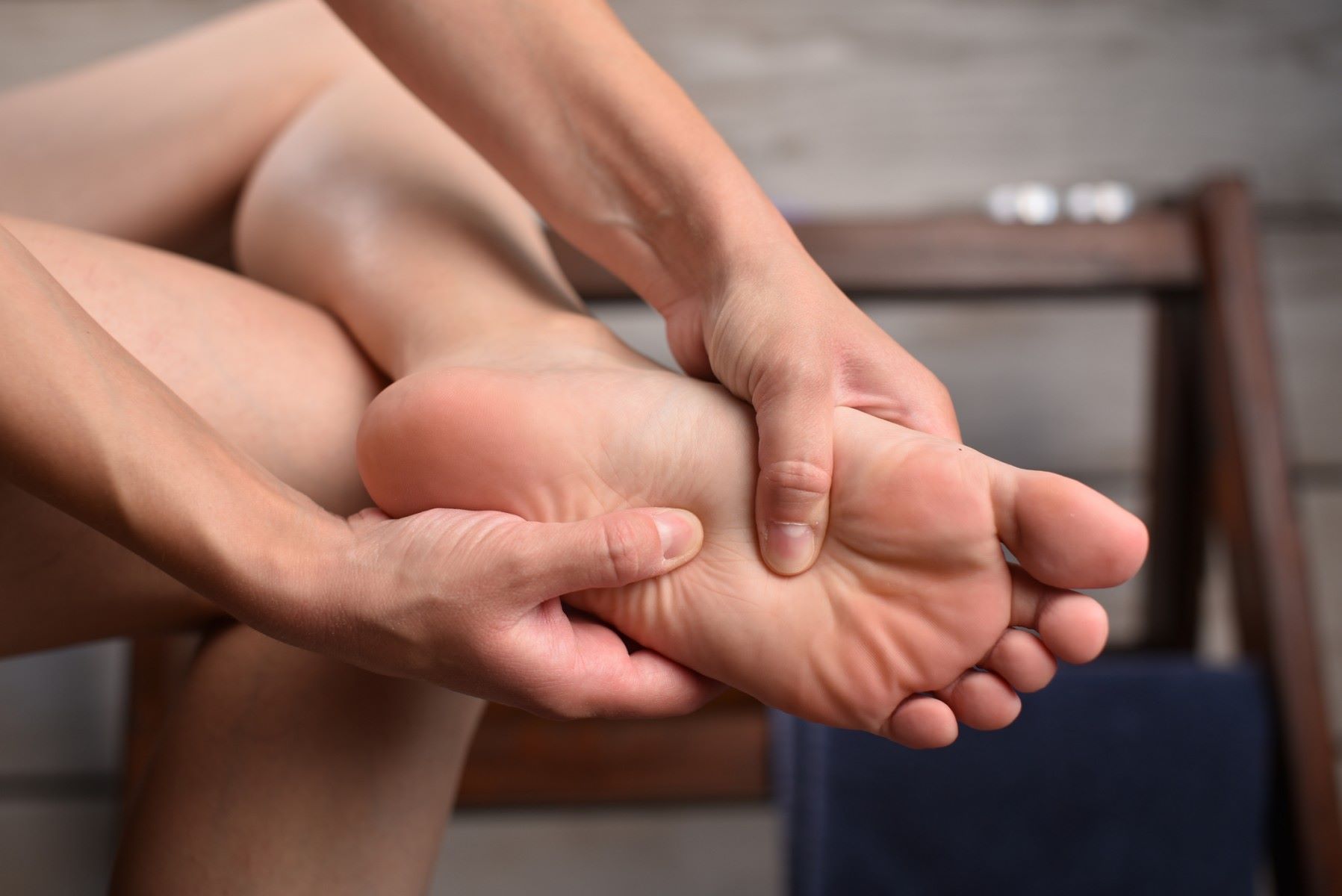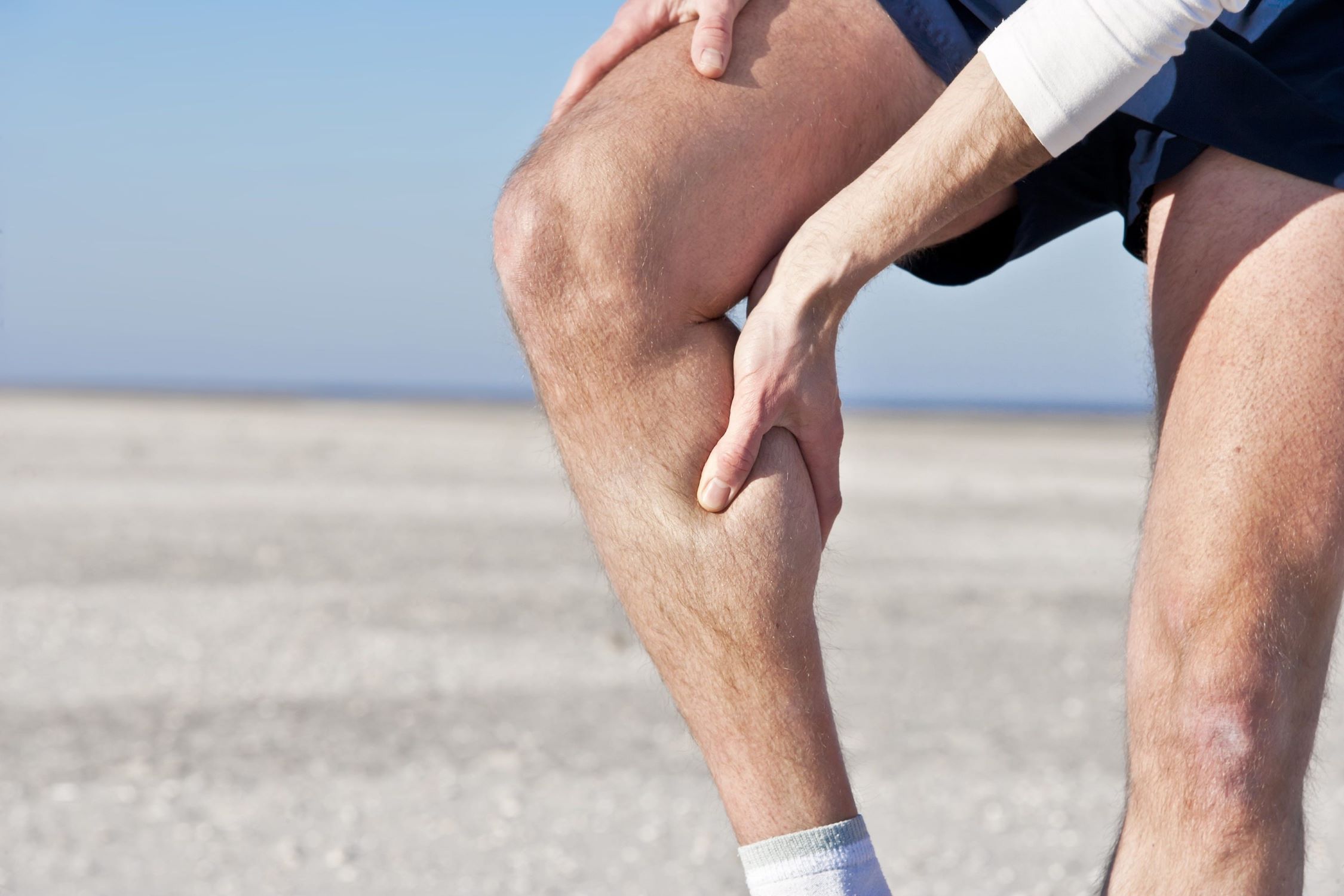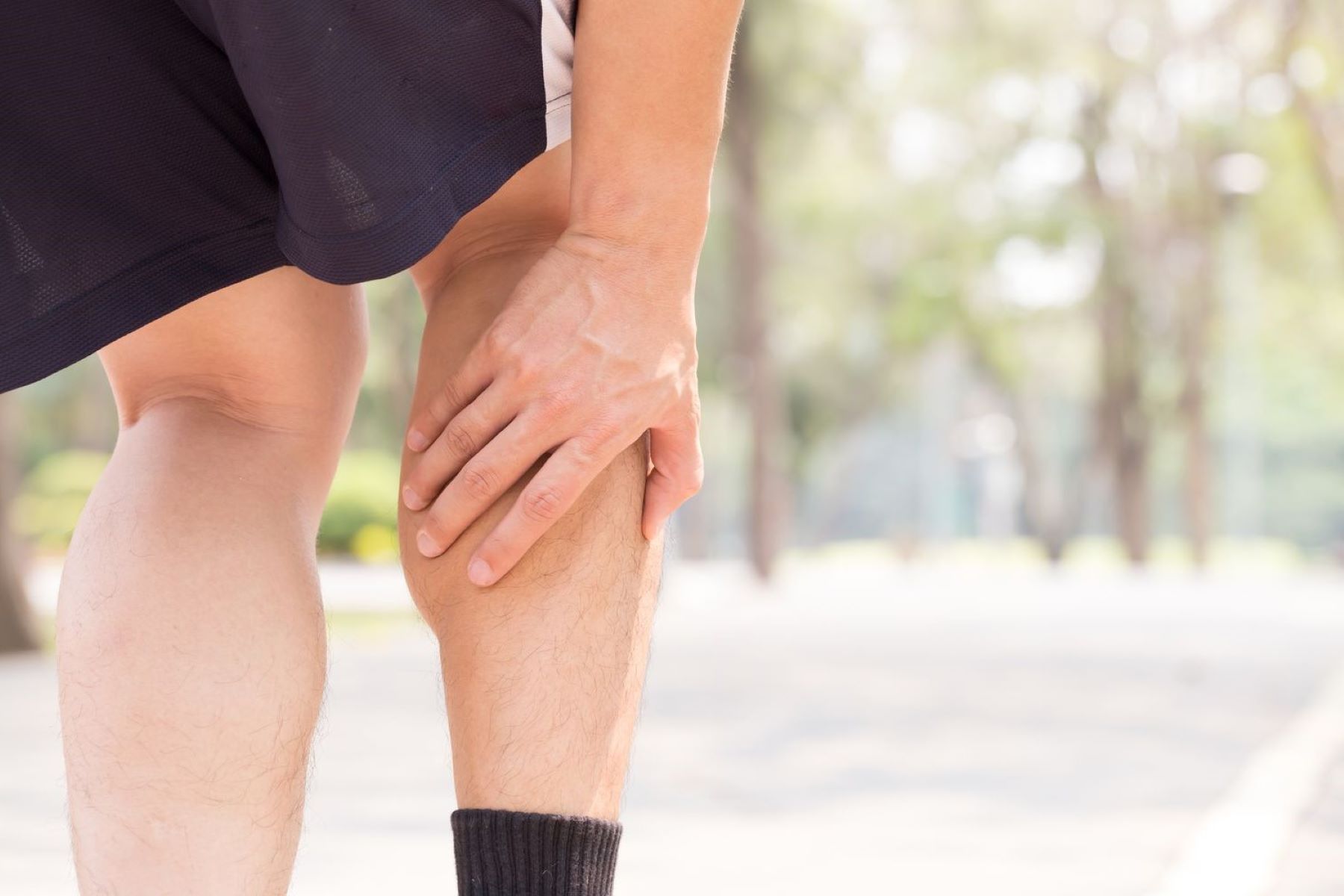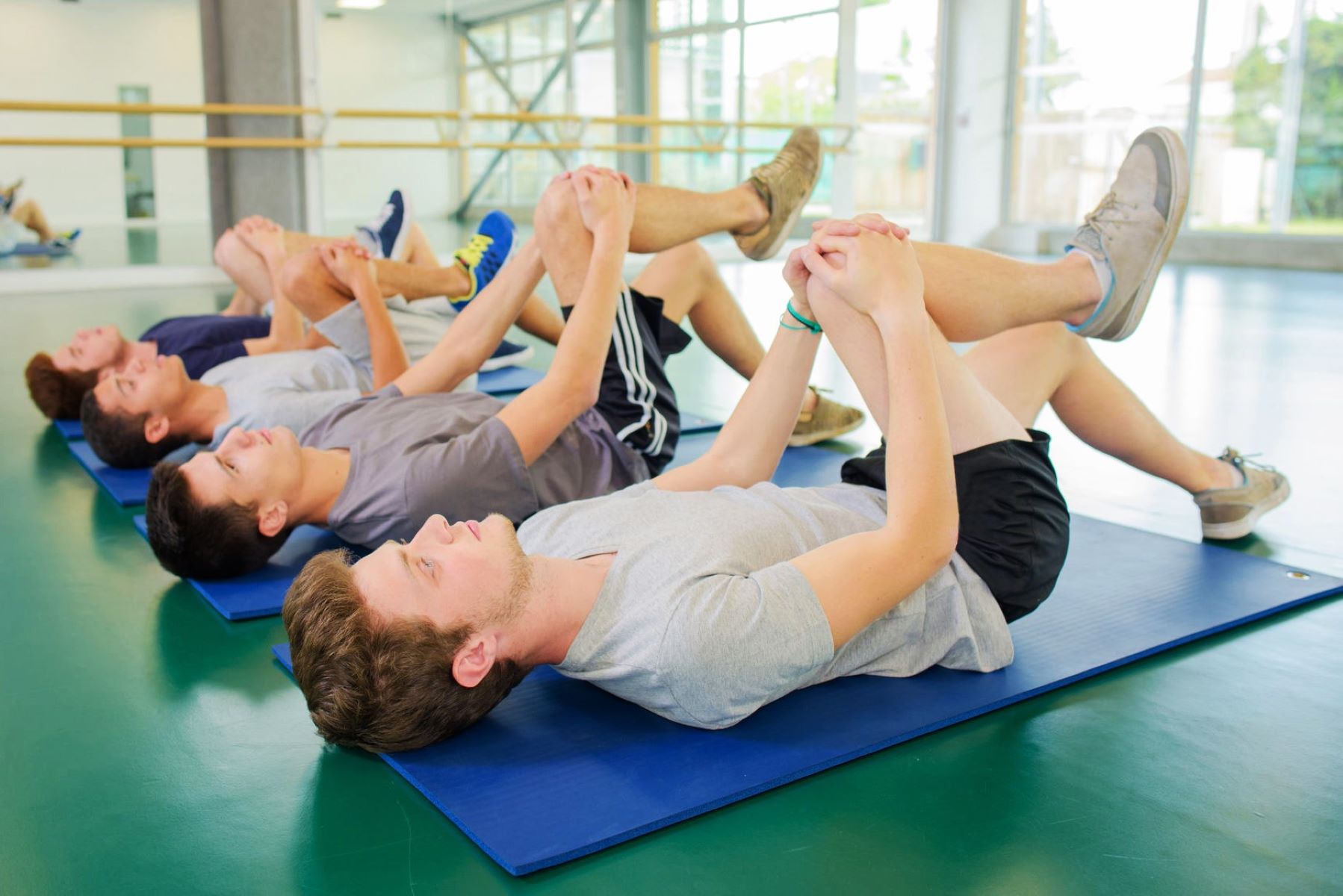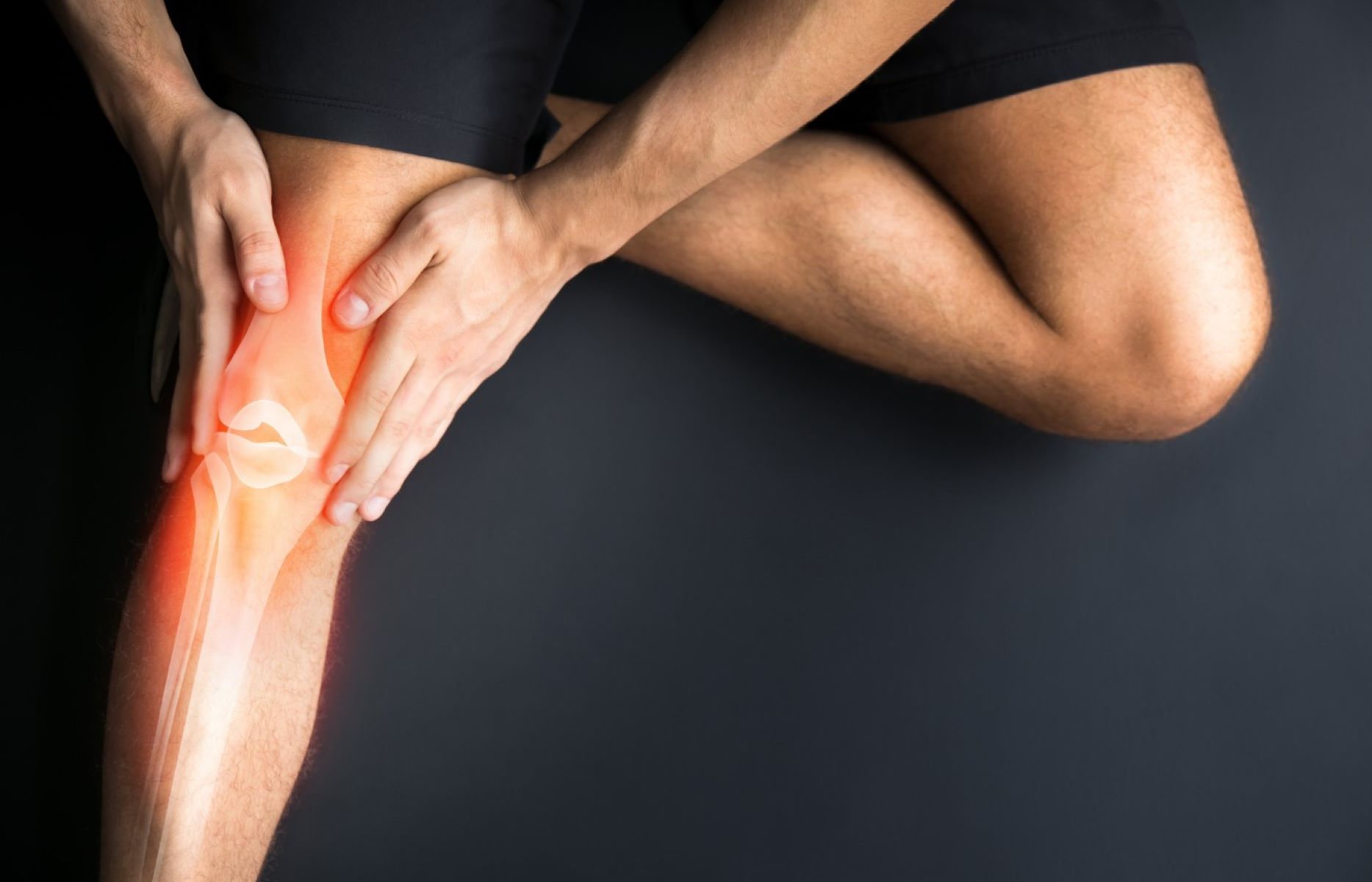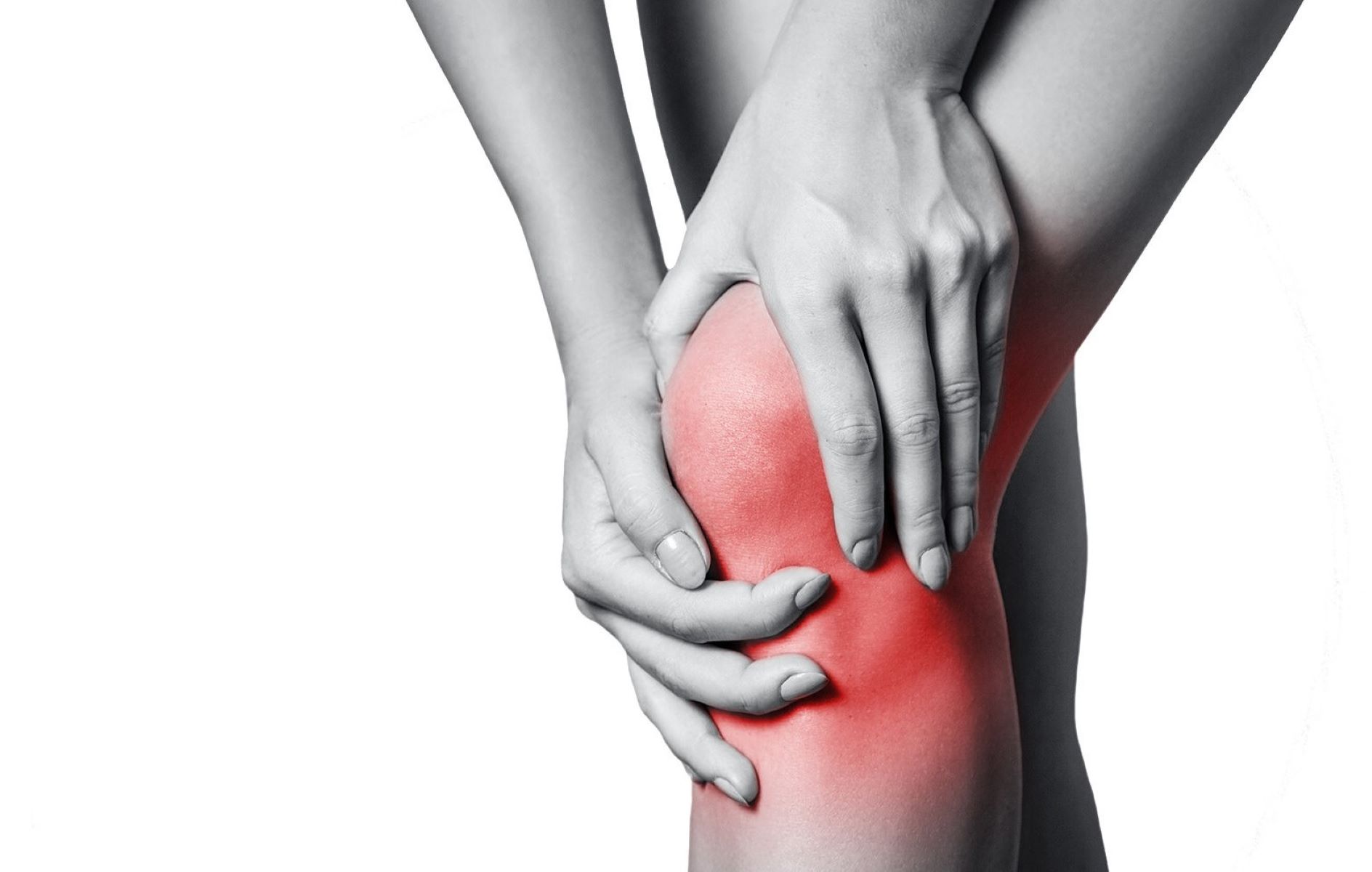Home>Health & Nutrition>Recovery>Understanding DOMS: Causes, Symptoms, And Remedies
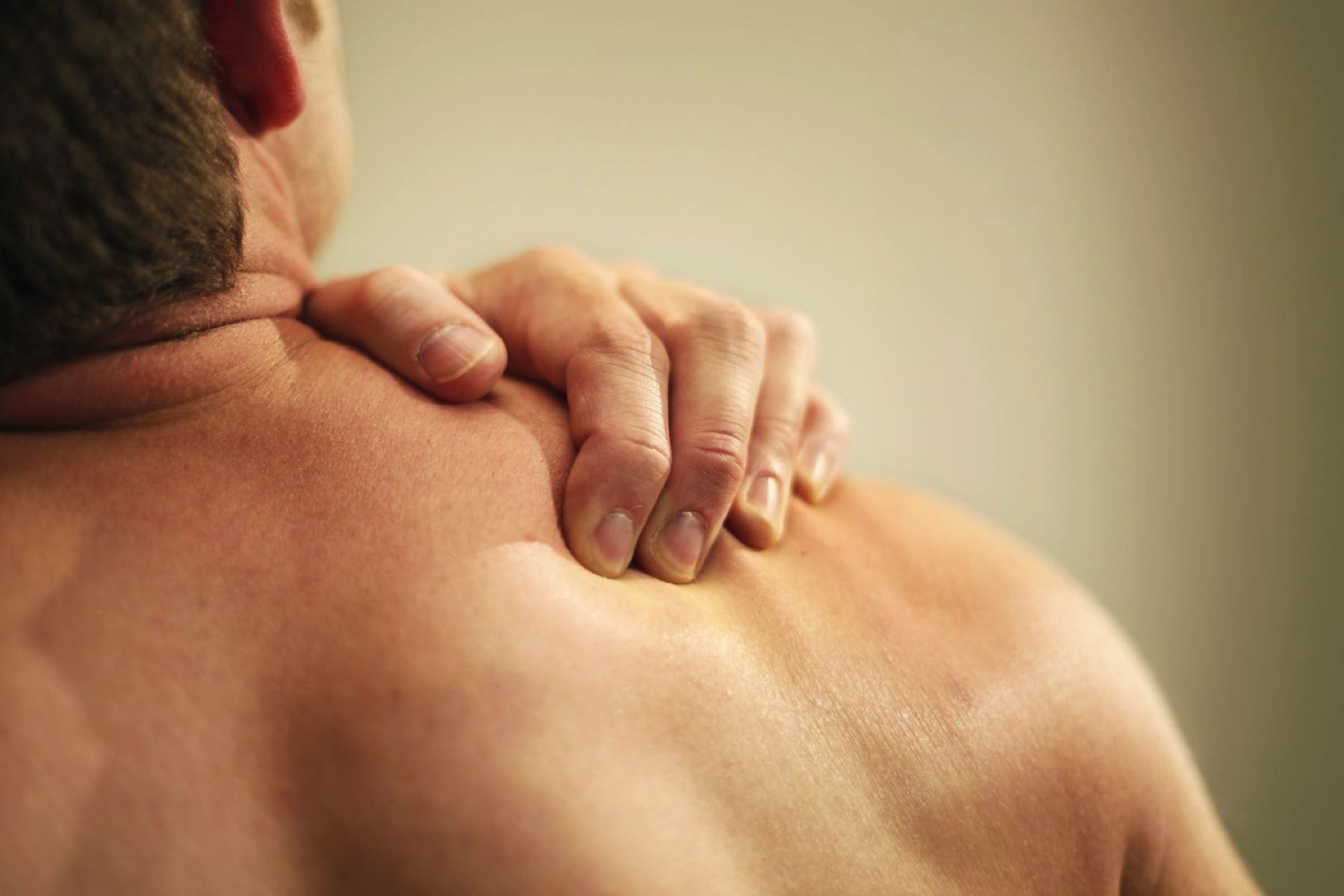

Recovery
Understanding DOMS: Causes, Symptoms, And Remedies
Published: February 27, 2024
Learn about the causes, symptoms, and remedies for Delayed Onset Muscle Soreness (DOMS) to aid in your recovery. Understand how to alleviate discomfort and speed up the healing process.
(Many of the links in this article redirect to a specific reviewed product. Your purchase of these products through affiliate links helps to generate commission for Therunningadvisor.com, at no extra cost. Learn more)
Introduction
Delayed Onset Muscle Soreness (DOMS) is a common phenomenon experienced by many individuals after engaging in physical activities that their bodies are not accustomed to. It typically manifests as muscle pain and stiffness, often peaking within 24 to 72 hours after the exercise session. While DOMS is not a serious condition, it can significantly impact one's ability to perform daily activities and hinder subsequent workouts.
Understanding the underlying causes, recognizing the symptoms, and knowing effective remedies for DOMS are crucial for individuals who engage in regular physical activities. Whether you're a seasoned athlete, a fitness enthusiast, or someone who simply enjoys staying active, comprehending DOMS can help you manage its effects and optimize your recovery process.
In this comprehensive guide, we will delve into the intricacies of DOMS, shedding light on its causes, symptoms, and various remedies. By the end of this article, you will have a deeper understanding of DOMS and be equipped with practical knowledge to alleviate its discomfort and accelerate your recovery.
What Causes DOMS?
Delayed Onset Muscle Soreness (DOMS) is a result of microscopic damage to muscle fibers caused by strenuous physical activity. This damage triggers an inflammatory response in the body, leading to the characteristic symptoms of DOMS. While the exact mechanisms behind DOMS are not fully understood, several factors contribute to its onset:
-
Muscle Microtrauma: Intense or unaccustomed physical activity, especially eccentric muscle contractions (lengthening of the muscle under tension), can lead to microtears in the muscle fibers. This mechanical damage is believed to be a primary contributor to the development of DOMS.
-
Inflammatory Response: The microtrauma to muscle fibers initiates an inflammatory cascade, involving the release of various inflammatory mediators such as prostaglandins, cytokines, and histamines. These substances contribute to the sensation of pain and discomfort associated with DOMS.
-
Metabolic Stress: During vigorous exercise, the muscles undergo metabolic stress due to the increased demand for energy. This can lead to the accumulation of metabolic by-products such as lactic acid, which may contribute to the sensation of muscle soreness.
-
Muscle Swelling: The inflammatory response and the influx of immune cells to the damaged muscle fibers can result in localized swelling, adding to the discomfort experienced during DOMS.
-
Nerve Sensitization: The process of muscle damage and inflammation can lead to heightened sensitivity of pain receptors in the affected muscles, amplifying the perception of soreness and discomfort.
It's important to note that DOMS is distinct from acute muscle soreness, which typically occurs during or immediately after strenuous exercise. DOMS, on the other hand, manifests hours after the activity and peaks within one to three days.
Understanding the multifaceted nature of DOMS causation can help individuals tailor their exercise routines and recovery strategies to minimize its impact. While DOMS is a natural response to unaccustomed physical stress, gradual progression in training intensity and adequate recovery measures can help mitigate its effects.
Recognizing the Symptoms of DOMS
Identifying the symptoms of Delayed Onset Muscle Soreness (DOMS) is crucial for individuals who engage in physical activities, as it enables them to differentiate between normal post-exercise discomfort and the more prolonged and intense soreness associated with DOMS. Recognizing the hallmark signs of DOMS can guide individuals in adjusting their training regimens and implementing targeted recovery strategies. Here are the key symptoms to watch for:
-
Muscle Pain and Tenderness: DOMS is characterized by a deep, aching pain in the affected muscles. This discomfort is often accompanied by tenderness to the touch, with the affected muscles feeling tender and sensitive.
-
Stiffness and Reduced Range of Motion: Individuals experiencing DOMS may notice a reduced range of motion in the affected muscles, accompanied by stiffness and difficulty in performing movements that would typically be effortless.
-
Localized Swelling and Sensitivity: The affected muscles may appear slightly swollen, and individuals may experience heightened sensitivity in the area, particularly when pressure is applied or during movement.
-
Decreased Strength and Performance: DOMS can lead to a temporary decrease in muscle strength and performance. Activities that typically require minimal effort may become challenging due to the discomfort and reduced muscle function associated with DOMS.
-
Delayed Onset of Symptoms: Unlike acute muscle soreness, which is felt during or immediately after exercise, the symptoms of DOMS typically manifest 24 to 72 hours post-activity and may peak within this timeframe.
Recognizing these symptoms is essential for distinguishing DOMS from other potential causes of muscle soreness, such as muscle strains or injuries. By understanding the unique characteristics of DOMS, individuals can make informed decisions regarding their training frequency, intensity, and recovery protocols. Moreover, being able to differentiate between normal post-exercise discomfort and DOMS can alleviate unnecessary concerns and help individuals stay motivated in their fitness pursuits.
Incorporating gradual progression in training, adequate warm-ups, and cooldowns, as well as implementing recovery techniques such as foam rolling, stretching, and proper hydration, can help mitigate the severity of DOMS. By recognizing the symptoms and understanding the nature of DOMS, individuals can proactively manage its effects and optimize their overall training experience.
Remedies for DOMS
Addressing Delayed Onset Muscle Soreness (DOMS) requires a multifaceted approach that encompasses both proactive measures to minimize its occurrence and targeted remedies to alleviate its discomfort. While DOMS is a natural response to unaccustomed physical stress, implementing effective strategies can significantly mitigate its impact and expedite the recovery process. Here are several remedies and practices that can aid in managing DOMS:
1. Gradual Progression:
Gradually increasing the intensity and duration of physical activities allows the muscles to adapt and minimizes the risk of severe DOMS. Incremental progression in training intensity provides the muscles with the opportunity to adapt to the demands placed upon them, reducing the likelihood of extensive muscle damage and soreness.
2. Active Recovery:
Engaging in light, low-impact activities such as walking, swimming, or cycling can promote blood flow to the affected muscles, aiding in the removal of metabolic by-products and facilitating the delivery of essential nutrients for recovery. Active recovery helps alleviate stiffness and soreness while supporting the body's natural healing processes.
3. Proper Hydration and Nutrition:
Maintaining adequate hydration and consuming a balanced diet rich in protein, antioxidants, and anti-inflammatory nutrients can support muscle recovery and reduce the severity of DOMS. Hydration is essential for optimal muscle function, while nutrient-dense foods provide the building blocks necessary for muscle repair and regeneration.
4. Massage and Foam Rolling:
Utilizing massage techniques or foam rolling can help alleviate muscle tension, improve circulation, and reduce the sensation of soreness associated with DOMS. Targeted self-myofascial release techniques can aid in breaking down adhesions and knots within the muscles, promoting faster recovery and enhancing flexibility.
5. Warm Baths and Epsom Salt Soaks:
Immersing in a warm bath or incorporating Epsom salt soaks can provide relief from DOMS-related discomfort. The warmth of the water helps relax the muscles, while the magnesium sulfate in Epsom salt is believed to aid in reducing muscle soreness and promoting relaxation.
Read more: Understanding The Causes Of Runner’s Itch
6. Adequate Rest and Sleep:
Allowing the body sufficient time to rest and recover is paramount in managing DOMS. Quality sleep plays a crucial role in muscle repair and regeneration, and prioritizing adequate rest periods between intense workouts can prevent exacerbation of DOMS symptoms.
7. Anti-Inflammatory Measures:
Incorporating natural anti-inflammatory remedies such as turmeric, ginger, or omega-3 fatty acids can help mitigate the inflammatory response associated with DOMS. These natural compounds possess anti-inflammatory properties that may alleviate muscle soreness and promote faster recovery.
By integrating these remedies and practices into a comprehensive approach to managing DOMS, individuals can effectively minimize its impact and optimize their recovery following strenuous physical activities. Understanding the significance of proactive measures, targeted remedies, and a holistic approach to recovery empowers individuals to navigate the challenges posed by DOMS and maintain a balanced and sustainable approach to their fitness endeavors.



